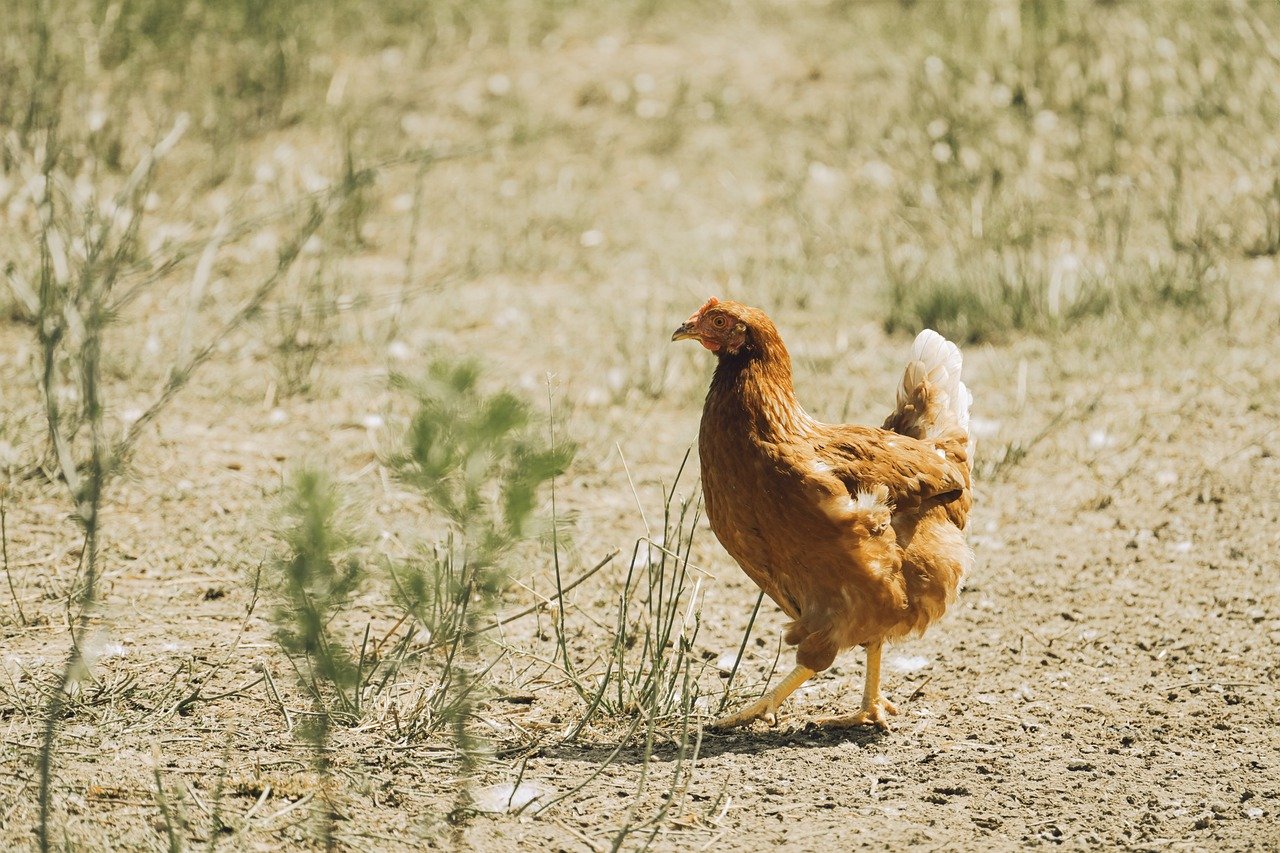
Keeping your Kienyeji chickens healthy starts with a solid vaccination plan. In Kenya, poultry diseases can wipe out an entire flock within days. But with the right knowledge and timing, you can protect your birds and boost your farm’s productivity.
In this guide by Mkulima Jovial, we break down the best Kienyeji chicken vaccination schedule Kenya farmers should follow to raise healthy, disease-free birds.
Why Vaccination Is Crucial for Kienyeji Chickens
Many farmers believe Kienyeji chickens are hardy and can survive without vaccines. While this is partly true, these birds are still vulnerable to deadly diseases like Newcastle, Gumboro, and Fowl Typhoid.
Vaccinating your chickens:
-
Prevents disease outbreaks
-
Reduces mortality rates
-
Improves egg production
-
Saves you from costly treatments
A proper Kienyeji chicken vaccination schedule in Kenya can be the difference between profit and loss.
Common Poultry Diseases in Kenya
Before jumping into the schedule, here are the most common diseases affecting Kienyeji birds:
-
Newcastle Disease – Highly contagious and often fatal
-
Gumboro (IBD) – Affects young chicks’ immunity
-
Fowl Typhoid – Bacterial infection that affects growth and productivity
-
Marek’s Disease – Causes tumors and paralysis
-
Fowl Pox – Leads to scabs and breathing issues
Recommended Kienyeji Chicken Vaccination Schedule Kenya
Here’s a practical timeline to follow, especially for free-range or semi-intensive Kienyeji farmers:
| Age of Chick | Vaccine | Disease Prevented | Route of Administration |
|---|---|---|---|
| Day 1 | Marek’s Vaccine | Marek’s Disease | Intramuscular |
| Day 7 | Lasota (1st) | Newcastle Disease | Oral (drinking water) |
| Day 14 | Gumboro (1st) | Gumboro (IBD) | Oral |
| Day 21 | Gumboro (2nd) | Gumboro (IBD) | Oral |
| Day 28 | Lasota (2nd) | Newcastle Disease | Oral |
| 6 Weeks | Fowl Typhoid Vaccine | Fowl Typhoid | Subcutaneous |
| 8 Weeks | Fowl Pox | Fowl Pox | Wing stab |
| 10 Weeks | Lasota (3rd) | Newcastle Disease | Oral |
| 16 Weeks | Lasota Booster | Newcastle Disease | Oral |
| 18 Weeks & Every 3 Months | Fowl Typhoid Booster | Fowl Typhoid | Subcutaneous |
✅ Tip: Always vaccinate during cooler times of the day and avoid stress (e.g., transport or deworming) before or after vaccination.
Tools You Need for Easy Vaccination
At Mkulima Jovial, we supply affordable vaccination tools and poultry farming equipment, including:
-
Poultry syringes
-
Vaccine coolers
-
Water drinkers for oral vaccines
-
Wing stab applicators
-
Digital thermometers for vaccine handling
Visit our shop today or order online and get delivery anywhere in Kenya.
Practical Tips for a Successful Vaccination Program
-
Keep good records – Note vaccine dates, type, and batch numbers.
-
Store vaccines correctly – Use a cool box or fridge (2–8°C).
-
Follow dosage instructions – Underdosing reduces effectiveness.
-
Use clean water – Especially for oral vaccines.
-
Isolate sick birds – Vaccines are for prevention, not treatment.
Final Thoughts on kienyeji chicken vaccination schedule Kenya
A proper kienyeji chicken vaccination schedule Kenya farmers follow can significantly reduce losses and improve flock performance. With consistent vaccination and proper poultry care, your Kienyeji chickens will stay healthy, grow faster, and produce more eggs.
At Mkulima Jovial, we’re here to help you succeed. From quality vaccines and feeders to drinkers and brooders, we supply everything you need for a thriving poultry business.
